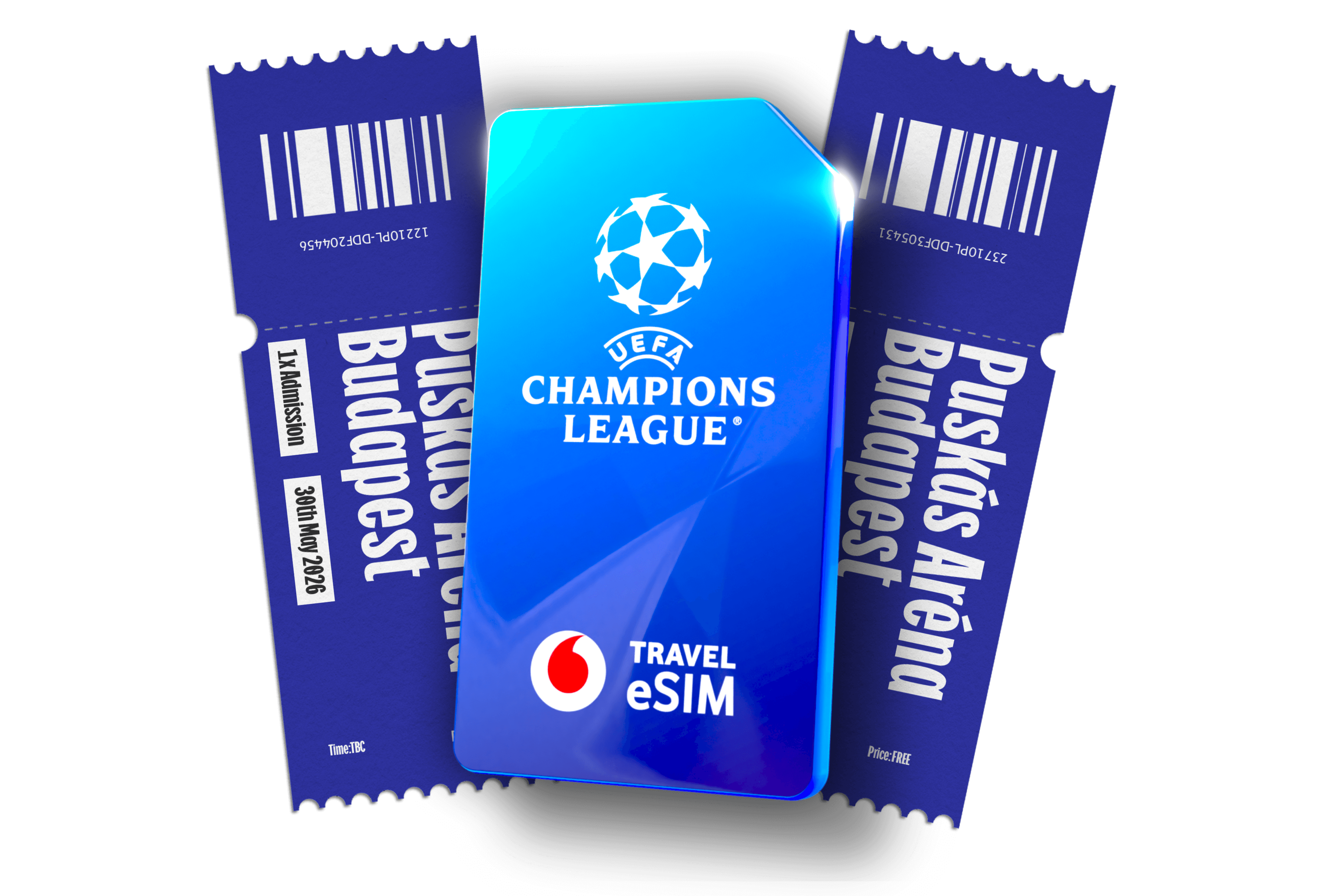Best embodying the sacred is Jorit’s mural of San Gennaro, the supposed protector of Naples, which can be found in the heart of the city in the neighbourhood of Forcella. As for the profane, look no further than his rendition of film director Pier Paolo Pasolini – a symbol of the irreverent and human side of the Neapolitan mindset – located further north in Scampia, a suburb beset by organised crime and one of the highest unemployment rates in Italy.
Both portraits feature Jorit’s signature flourish of African tribal scarification, first encountered during his time studying at the Tingatinga School of Painting in Tanzania – and a process which he himself recently underwent. “I started to use the marks as a distinctive sign of our belonging to the ‘human tribe’, and they have now become my actual signature,” he says. “The concept of the ‘human tribe’ has become the theme of most of my works precisely because of its universal dimension. I’m firmly convinced that the individual must see himself as belonging to one tribe, without distinction of race, gender or nationality.”
That desire to unify fits neatly with his own profile: a street artist with the popular touch who also studied the masters at Naples’ prestigious Accademia delle Belle Arti. And it helps explain the lure of probably his best-known subject: a Napoli legend who combined the earthly and the otherworldly, the sinner who became divine by popular acclamation, and a man who still inspires the city nearly two years after his death.
Maradona is immortalised in two of Jorit’s murals, one in the artist’s hometown of Quarto (where his portrayal of former Napoli captain Marek Hamšík can also be found) and the other in San Giovanni a Teduccio, among the most deprived suburbs of Naples and where the story of a boy who rose from the slums of Argentina to global stardom resonates strongly. “I draw great inspiration not so much from the sporting and footballing side of his figure but from his human side,” says Jorit. “Diego was always committed to the fight for those in need. He always distinguished himself in his statements and in his tireless work for oppressed populations. That’s why I decided to portray him in the first mural I made in his honour. Not for what he was like as a player but as the man, as the adult he had become – for his human status.”
Maradona thanked Jorit for that first mural, inscribed with the words ‘Dios Umano’ (Human God). He was not alive to see the second, but both keep watch over the city and the Napoli fans who will be flocking to the Stadio Diego Armando Maradona to watch their team in the Champions League again this season. Jorit believes that his artworks preserve the “visceral relationship” between the city and its citizens. “It’s the phenomenon of coming together that football in Naples represents, the beauty of togetherness and being part of a group, of being united behind a common passion.” Now, wherever Jorit’s art takes him around the world, he too carries that Neapolitan spirit.

























